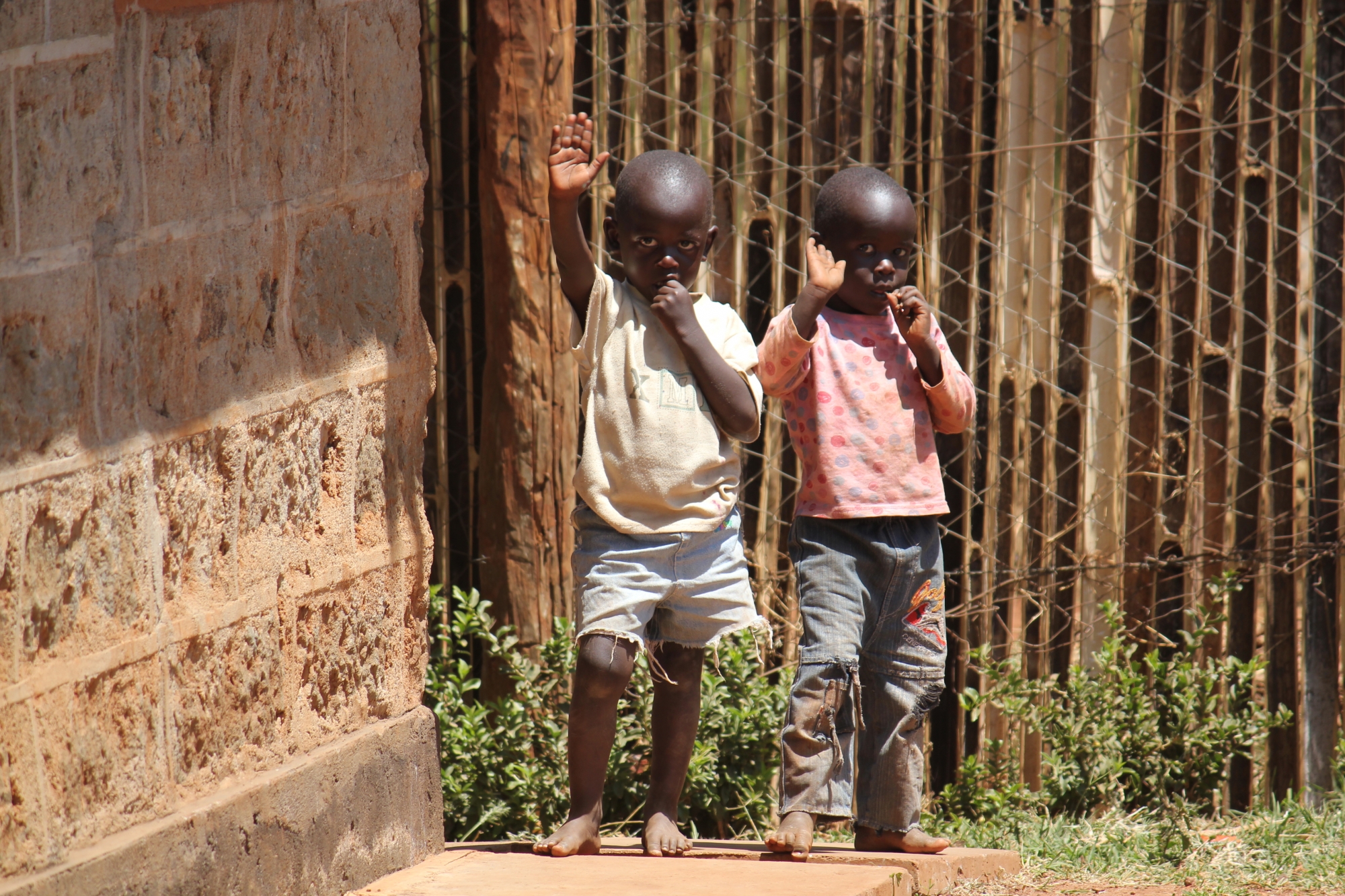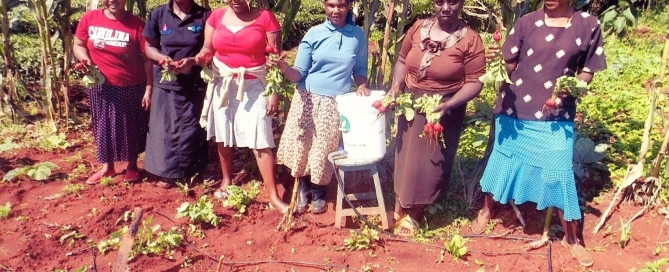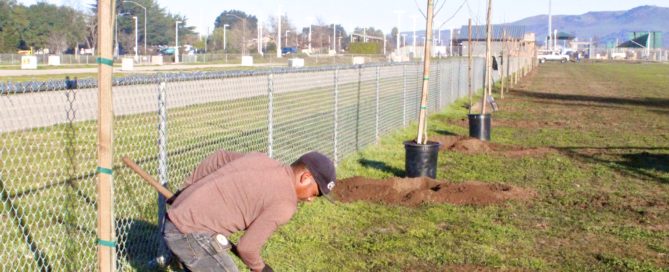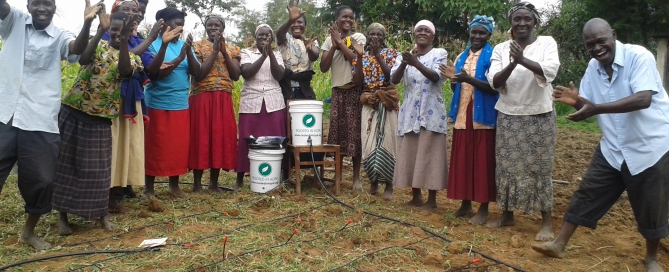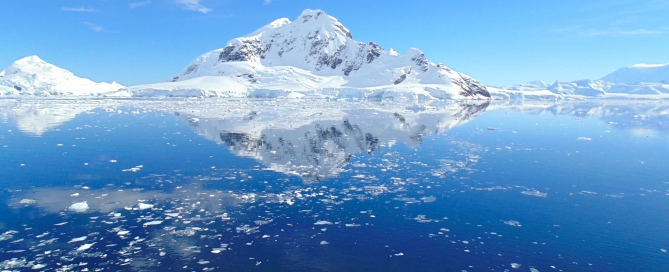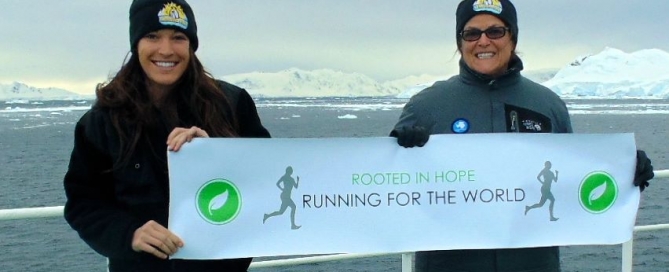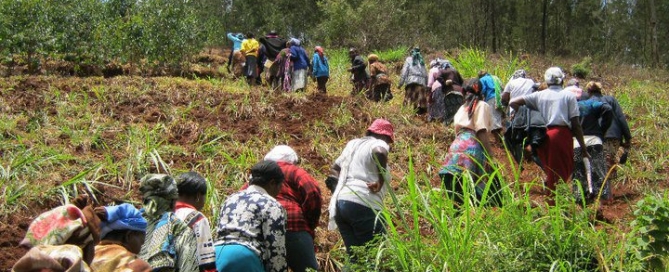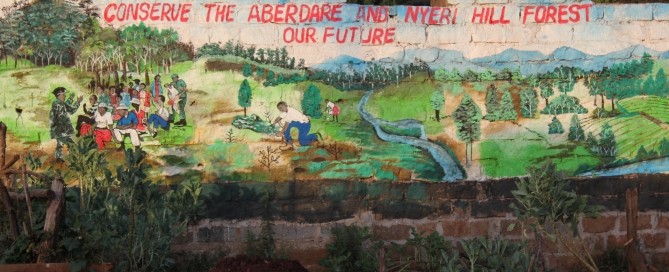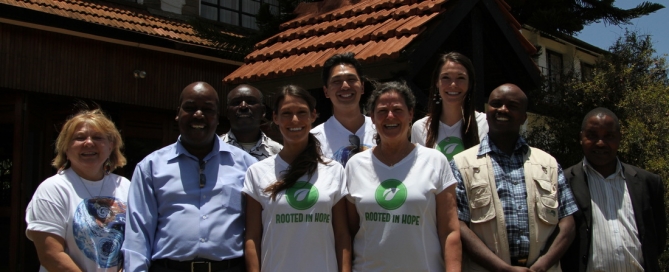Quick Guide to the SDGs – Understanding our goals for the future
As the UN moves closer to consensus on the Sustainable Development Goals (SDGs), it is important to understand what each of the 17 goals represent. This new global agenda seeks to achieve food security, gender equality, economic prosperity, and environmental protection across the globe by 2030. A common understanding of the steps that need to be taken by each and every one of us is the only way to achieve real progress. Here’s a quick look at the SDGs: Poverty Alleviation – End poverty in all its forms everywhere Food Security – End hunger, achieve food security and improved nutrition and promote sustainable agriculture Health & Well-being – Ensure healthy lives and promote well-being for all at all ages Education – Ensure inclusive and equitable quality education and promote lifelong learning opportunities for all Gender Equality – Achieve gender equality and empower all women and girls Water & Sanitation – Ensure availability and sustainable management of water and sanitation for all Clean Energy – Ensure access to affordable, reliable, sustainable and modern energy for all Economic Growth – Promote sustained, inclusive and sustainable economic growth, full and productive employment and decent work for all Innovation – Build resilient infrastructure, promote inclusive and sustainable industrialization and foster innovation Equality – Reduce inequality within and among countries Communities – Make cities and human settlements inclusive, safe, resilient and sustainable Conservation – Ensure sustainable consumption and production patterns Climate – Take urgent action to combat climate change and its impacts Oceans – Conserve and sustainably use the oceans, seas and marine resources for sustainable development Forests – Protect, restore and promote sustainable use of terrestrial ecosystems, sustainably manage forests, combat desertification, and halt and reverse land degradation and [...]

